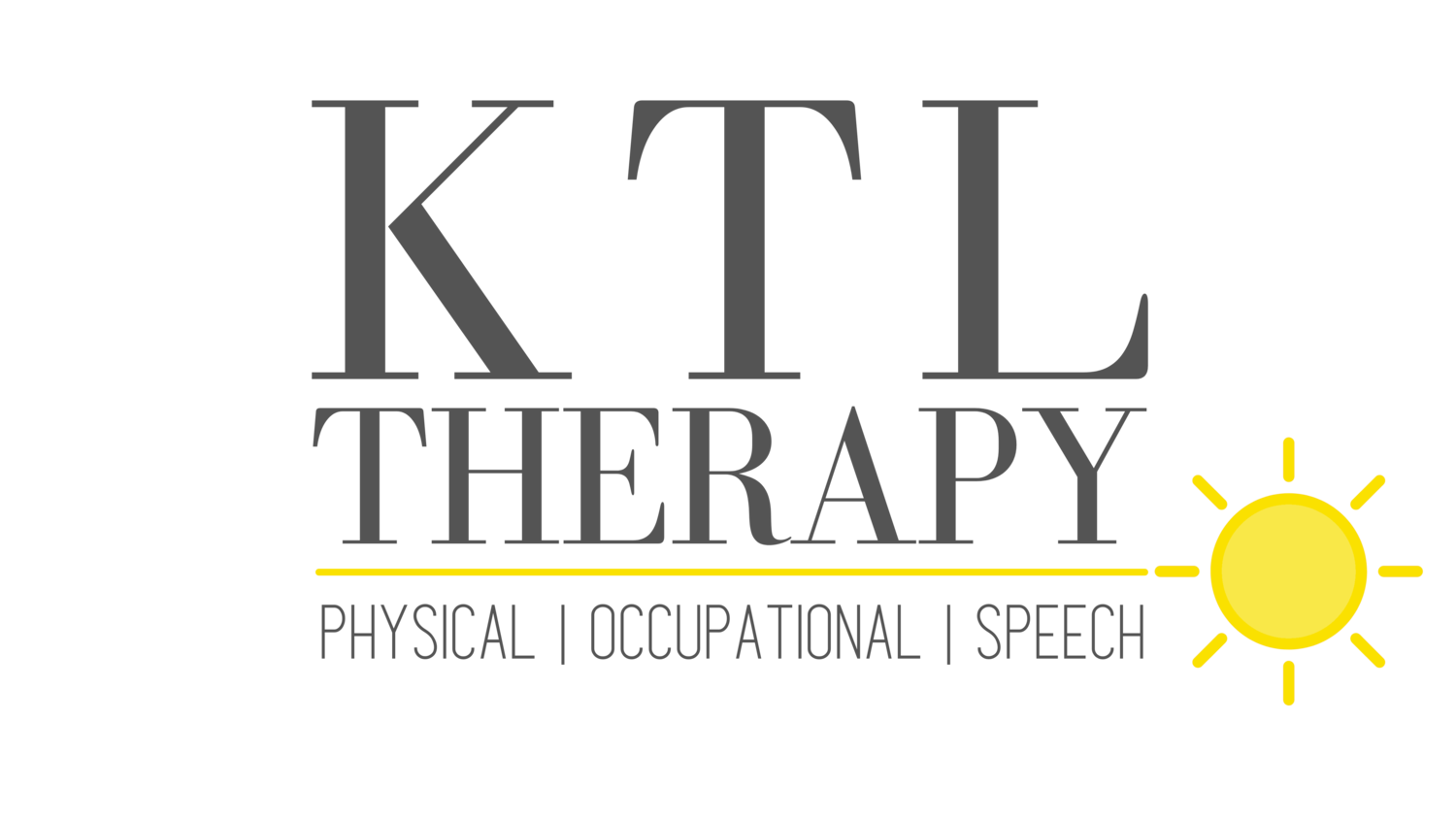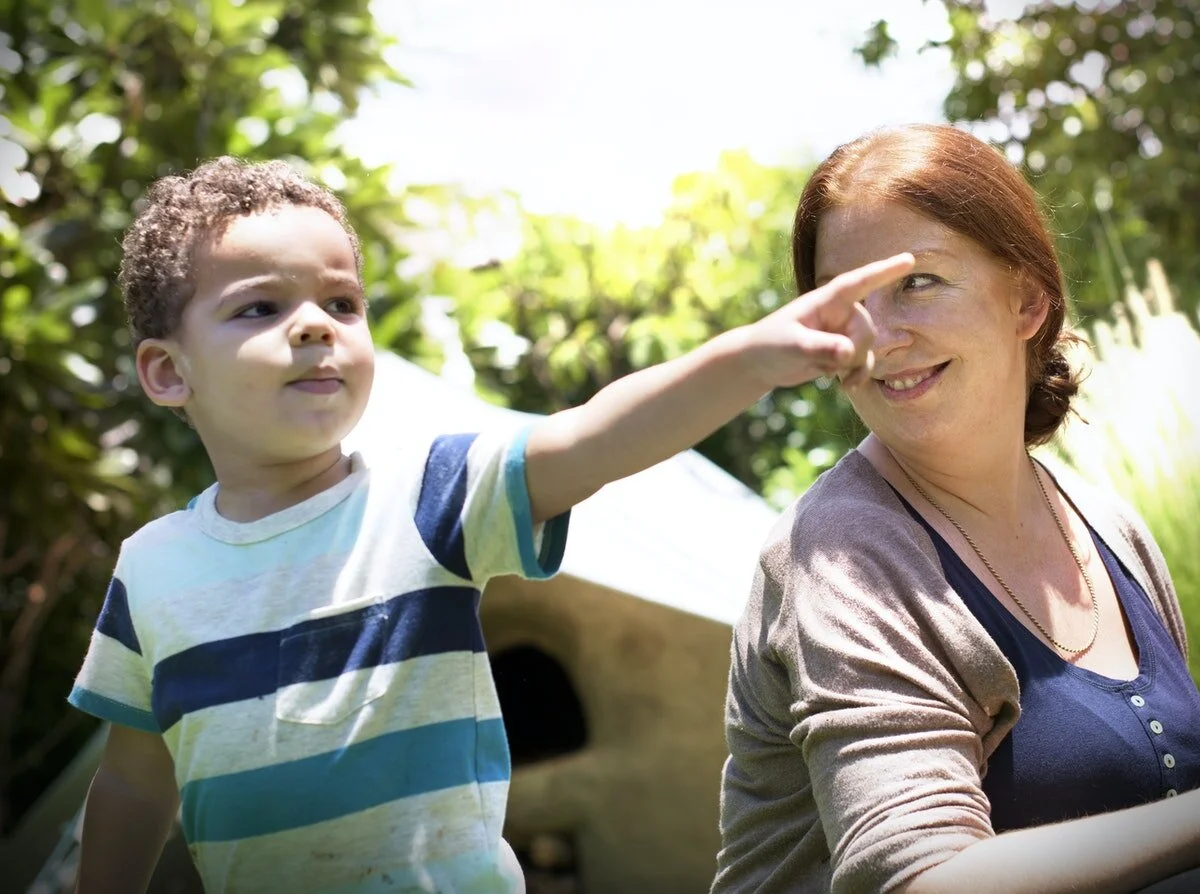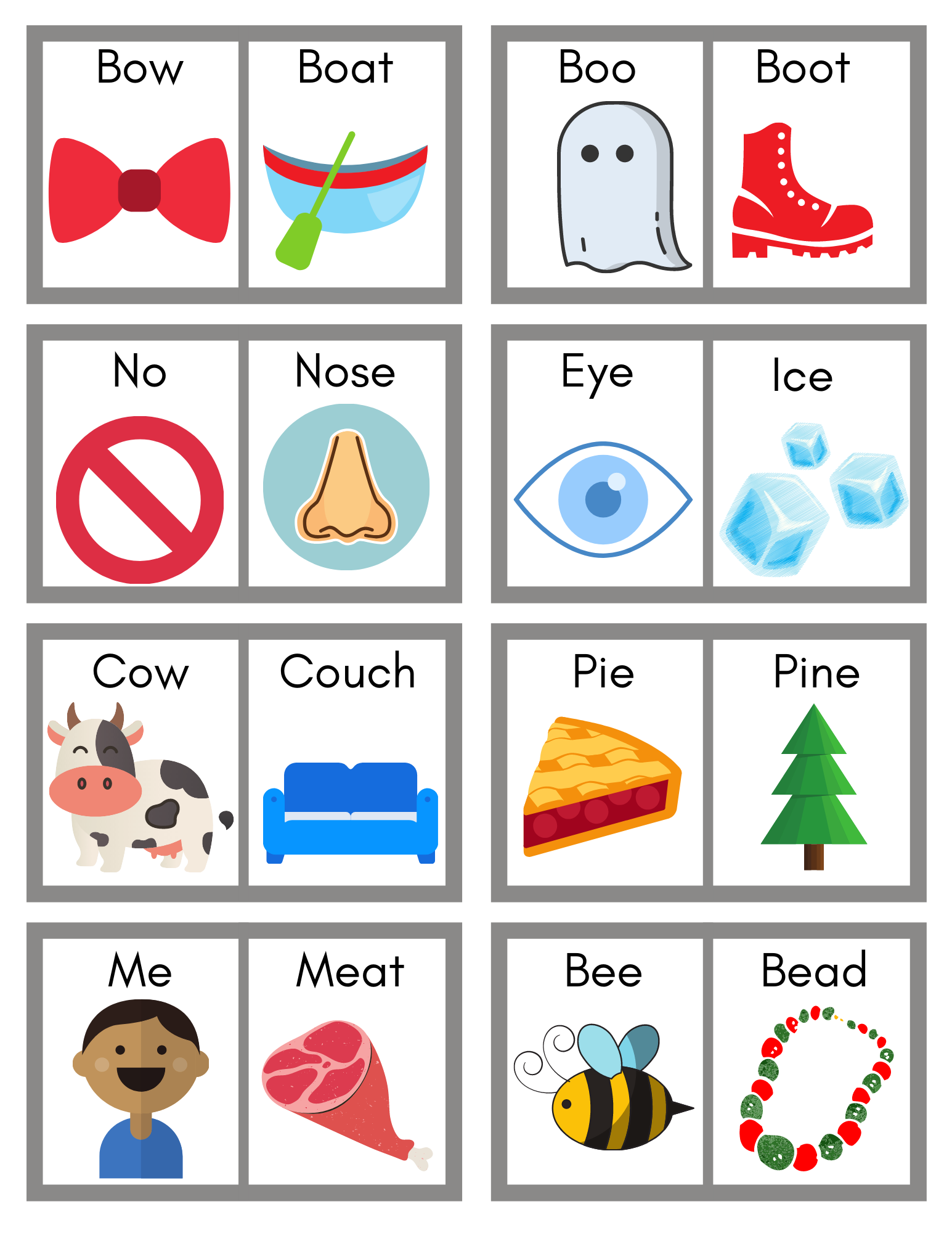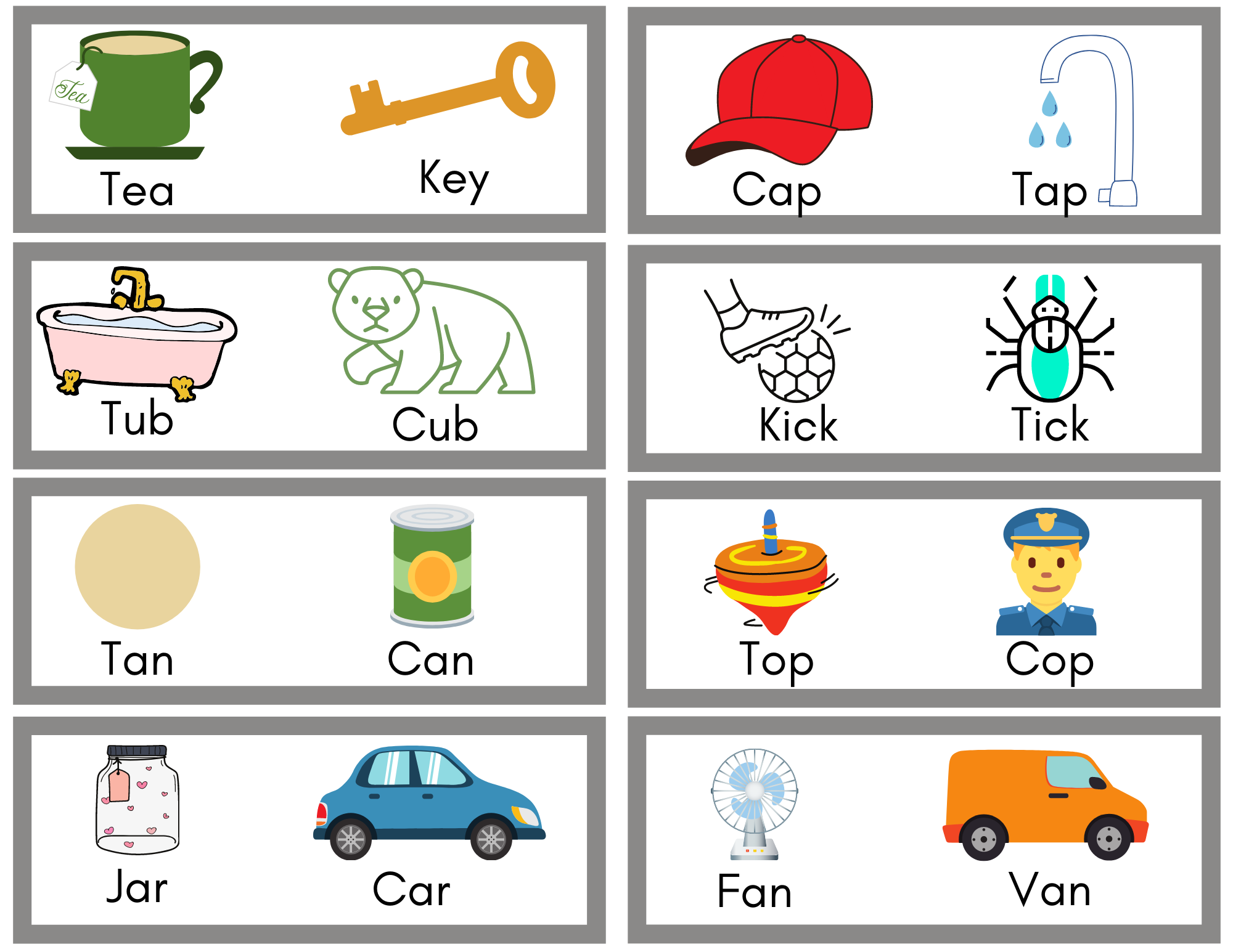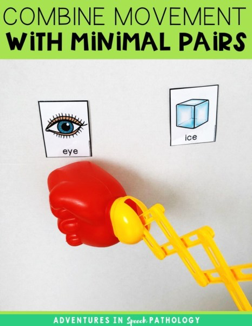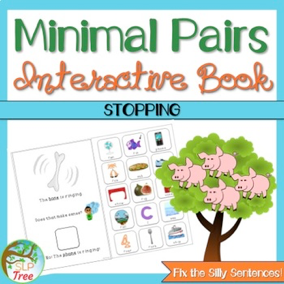Developmental Speech Disorders
Many parents seek out a Speech-Language Pathologist (SLP) because they fear their child is not making sounds/words or they can’t understand what their child is saying.
A comment Speech-Language Pathologists often hear is “My child is not talking. They only jabber or don’t make any sounds at all.”
In many cases, these children are using words and understanding how to use language. They are just having difficulty making and putting the sounds together so that others understand what they are trying to communicate.
Oftentimes, your child is able to show understanding of language by playing and following directions, but unable to make sounds or put sounds together to make a word that can be understood by others.
What follows is the terminology for different speech disorders, how they are diagnosed, and some methods of treatment.
Definitions
Phonological Disorders are speech sound errors that affect a rule rather than just a single sound. According to an article found on ASHA.org (American Speech-Language-Hearing Association), phonological disorders focus on predictable, rule-based errors (e.g., fronting, stopping, and final consonant deletion) that affect more than one sound. It is often difficult to clearly differentiate between articulation and phonological disorders; therefore, many researchers and clinicians prefer to use the broader term, "speech sound disorder," when referring to speech errors of unknown cause. See Bernthal, Bankson, and Flipsen (2017) and Peña-Brooks and Hegde (2015) for relevant discussions.
Articulation Disorders are single speech sound errors. Common sound errors would be /r/ and /s/ sound distortions. According to an article found on ASHA.org articulation disorders focus on errors (e.g., distortions and substitutions) in the production of individual speech sounds.
Apraxia is a motor speech disorder that makes producing speech difficult because the brain’s message to the mouth is disrupted or disordered. In childhood apraxia, the child knows what word they would like to say, but due to the slowed connection has difficulty planning the motor movement for the sound and/or combination of sounds needed in a word.
Phonological Disorders
Phonological Disorders treatment focuses on the process the child presents with, and improving awareness of the process which will in turn correct all the sounds across all words containing the process. There are many different phonological processes and any one child can present with several processes in their speech. Some of the processes are Deletion of Final Consonants, Stopping, Fronting, Cluster Reduction, and Gliding. When looking at the diagnosis of phonological disorders, the SLP will assess for patterns of errors.
Deletion of Final Consonants is a phonological process in which the child leaves off consonants of all words. (example: cat – ca or pop – po) Download an activity sheet to work with your child.
Stopping is a phonological process in which the child stops a consonant that has a fluid movement such as f or s. (example: fish-pish or sing – ding)
Fronting is a phonological process in which the child changes a sound that should be made with the back of the tongue and moves it to the front of the tongue. (examples: get- dit or cat- tat)
Cluster Reduction is a phonological process in which the child simplifies a blend or two sound combination to one sound. (examples: snake- nake or play- pay)
Gliding is a phonological process in which the child distorts a consonant to /y/ or /w/. (examples ring- wing or love- wove)
Once these patterns have been identified an SLP can then have the child understand the error and correct it. When working with an SLP, a child that presents with Deletion of Final Consonants will be taught to end his or her words. The will focus on teaching the child to be aware of adding that final consonant in a word, any word that has a final consonant.
For example, the child pronounces the word boat and many times sounds like bow. The therapist would teach the child that it completely changes the meaning of the word. In the example of boat, a therapist could hold up a picture of a boat and a bow. As the child says the word the therapist holds up the picture of the word they hear. This allows the child to listen and monitor the sounds they are saying.
Working With Your Child
Once you have seen an SLP and know your child’s phonological process you may want to use games and activities like bingo, puzzle matching games, making up silly stories containing the minimal pairs, or interactive motor games. The point is to add awareness to the process and teach the meaning of words and the impact that different sounds have on a word and ultimately have on the meaning of words.
Deletion of Final Consonants Activity
When working with a SLP, a child that presents with Deletion of Final Consonants will be taught to end his or her words. The will focus on teaching the child to be aware of adding that final consonant in a word, any word that has a final consonant. Use this PDF to work with you child.
Fronting Activity
Fronting is a phonological process in which the child changes a sound that should be made with the back of the tongue and moves it to the front of the tongue. (examples: get- dit or cat- tat) Use this PDF to work with your child.
Other Activities
Fun, Active Game for Littles Ones
Bean bag toss adding that the word landed on is named correctly. This activity provides practice with words in the phonological process and improves awareness.
Movement Activity for Little Ones
The child gets to play with a punch toy and as they punch the minimal pair cards they have to name both correctly.
Simple Two-Piece Puzzle
These words are examples of the phonological process of stopping. After cut and laminated the child and adult could play memory or just match the process and name them.
Activity Using Tactile Sensory Input
The child practices their phonological process by naming the card and then making the sounds correctly as they stamp the letter on playdough.
Make Up a Story
Pictures of different minimal pairs and sentences that make up a story. The child is able to choose a picture from their phonological process to add to a sentence and ultimately a story. Allows the child to practice and building awareness of the correct phonological process.
